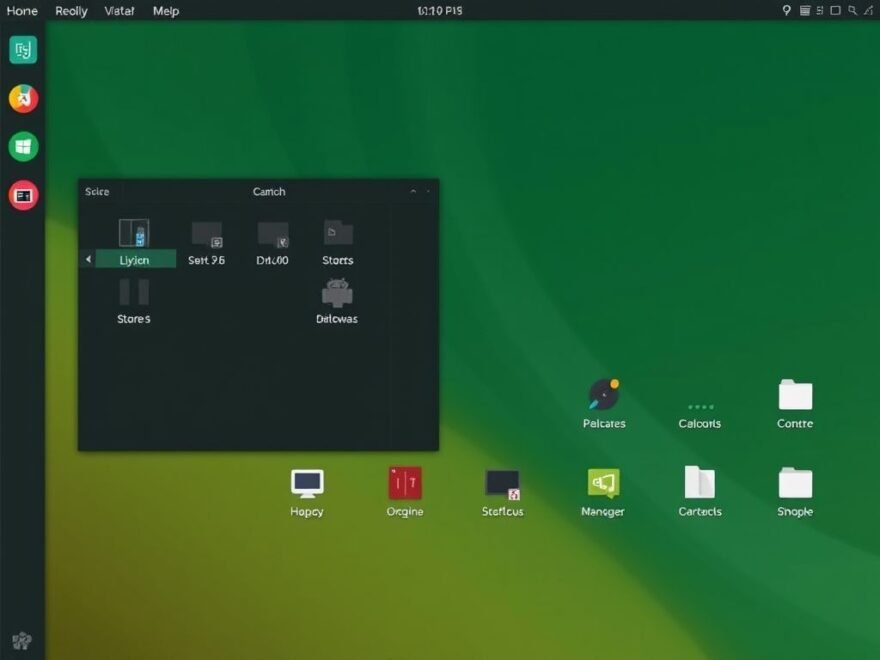New GNOME 49 Update Leaves X11 Fans Asking Questions
The first alpha release of GNOME 49 is now available, offering an early glimpse into what the full version will bring when it officially launches this September. While there are many under-the-hood improvements and visual refinements across the desktop environment, one major change stands out: GNOME is accelerating its move toward a Wayland-only experience.
X11 Support Takes a Back Seat
In this release, the GNOME session for X.Org is disabled by default in core components like GDM and gnome-session. This doesn’t mean your X11 applications will stop working overnight — the XWayland compatibility layer is still present to ensure backward compatibility.
According to the developers, maintaining GNOME on X11 has become increasingly difficult and time-consuming. Compared to the Wayland version, it receives far less testing and contributes little to the future direction of the project. The plan is to fully remove X11 support in GNOME 50.
New Apps Replacing the Old Ones
Older applications are being phased out and replaced with modern GTK4-based alternatives. For instance, Totem, the longtime video player, is now officially being replaced by Showtime — a transition we covered earlier this year. Showtime has now graduated from the GNOME Incubator and joined the official set of core GNOME apps.
Other replacements include Papers stepping in for Evince as the document viewer, and a new Manuals app replacing Devhelp. These updates reflect GNOME’s ongoing effort to refine and modernize its built-in software suite.
GNOME’s web browser, Epiphany (also known as GNOME Web), received a major design overhaul, particularly in the address bar layout, making it cleaner and more user-friendly.
Even smaller utilities like GNOME Calculator have seen meaningful upgrades. It now supports advanced math operations such as permutations, combinations, and calculating the greatest common divisor.
Nautilus, the default file manager, now uses transparency effects to visually indicate hidden files — a subtle but helpful UI tweak.
For developers, GNOME Builder now includes native support for Arduino projects, streamlining development workflows for those working with hardware platforms.
Under-the-Hood Improvements
On the system side, Mutter — GNOME’s window and compositing manager — has been updated to make logical monitor configurations more stable. Touchpad acceleration settings are now applied correctly at startup, improving consistency for users.
A new image loader called Glycin, written in Rust, is now the default on Linux systems. It supports a wide range of formats including JPEG, PNG, and WebP, and brings better memory safety and sandboxing features. Additionally, a new Mutter SDK has been introduced, which should simplify the development of tools built on top of GNOME’s display server.
How to Try GNOME 49 Alpha
If you’re curious and want to test the latest features yourself, you can download the installation images directly from the GNOME OS project page. A complete list of changes and updates is also available for reference.
